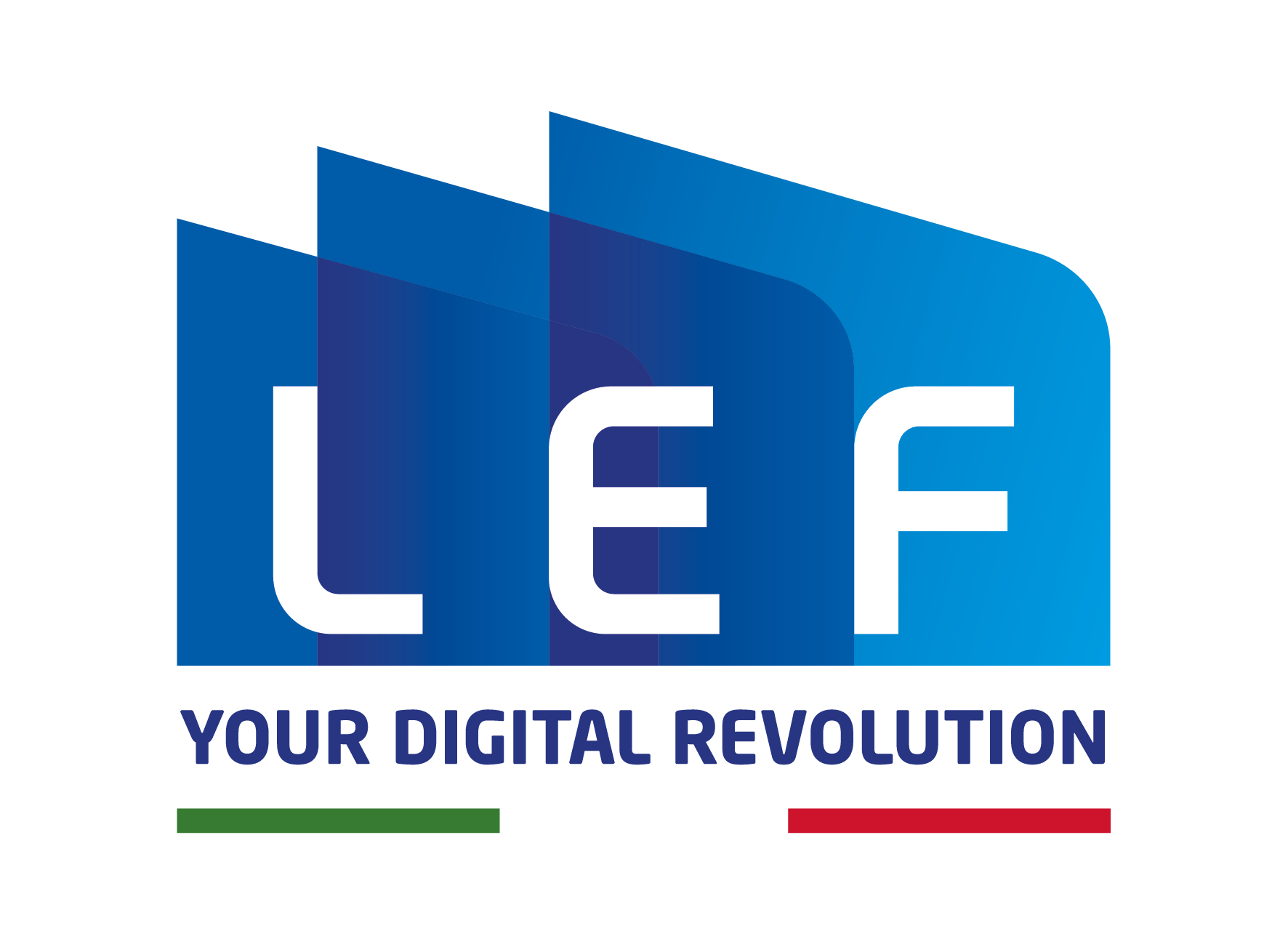The digital transformation of enterprises
Why it is important to have a defined digital transformation strategy
The digital transformation concerns the entire company as a whole, from the processes of all departments to the final output of the product sold or service provided, starting with the culture of the people (first and foremost the entrepreneur) and finally arriving at the machinery, tools and software.
Digital innovation does not mean installing a new CRM with marketing automation functionalities or buying a machine with artificial intelligence applications to recognise defective parts, these are only individual examples of visible and tangible effects of a broader digital transformation process.
The most common risk one can run if there is a lack of an overall strategic vision is that of adopting highly innovative and disruptive tools (such as the example of a new CRM or machinery with AI applications), embedding them in the company and gaining no benefit or, even worse, complicating pre-existing operational processes, automating waste of time and resources, generating dissatisfaction and mistrust towards the topic of digital innovation.
To put it in a nutshell: without a strategic vision and a methodically developed implementation plan, digital transformation will remain a partial, sectoral change and will not produce substantial benefits or savings in terms of time and costs.
Features and requirements for companies and SMEs
Often when addressing the topic of innovation or digital transformation with companies, especially SMEs, the first bias to unhinge concerns the accessibility of effective digitisation projects; the common thought of companies is that successful digital projects require significant investments that are beyond the reach of small and medium-sized Italian companies.
In truth, the pre-requisite for approaching a successful digital transformation is hardly ever the initial capital, also because there are a number of facilities to support companies on this aspect, for which it is definitely the least important and least critical aspect.
The key success factors for a successful digitisation strategy, in our experience, are 3:
- the entrepreneurial culture and, consequently, the corporate culture: if there is no awareness of digital issues, if the entrepreneur or top management do not believe in it, the project will not see any evolution and no sustainable results over time.
- business processes must be rationalised and optimised, otherwise the risk is to automate waste and digitise ‘mistakes’. This is often a point of non-full maturity in SMEs, which is why our projects, more often than not, start at this stage, i.e. from an initial analysis of the optimisation of flows and processes with a lean perspective to eliminate waste.
- training: new processes, new work tools, but above all new ways of working require new skills that companies are unlikely to have. Technology and digital in general can help the human being a great deal, but it needs the human being to function.
In none of the previous 3 points there is a strong monetary investment component, the only major and substantial investment underlying a successful digital transformation is the investment in human capital and its skills.
A few examples of digital transformation
Digital transformation is that set of technologies, hardware and software, that allow us to automate daily operations, repetitive or low value-added activities that “if they (machines) do it, we (humans) have more time to do something else”.
The application of digital is widespread and profuse at all levels of our daily lives and it is not only an issue for companies and industry, because we also experience examples of digitisation in our homes on a daily basis.
Wanting to draw parallels that are easy to understand many of us at home adopt the robot that vacuums the dust or cuts the grass, relieving us from having to do those household chores and allowing us with the saved time to do other things for us or for the house; similarly in the factory there are robots (collaborative robots) that perform repetitive tasks that can easily be automated, such as picking up objects and moving them from one place to another or cutting semi-finished products according to a predefined pattern, and I-operator meanwhile do other more valuable things, requiring a greater or more stimulating intellectual contribution.
Another very easy example that explains what artificial intelligence is and what it is used for: with our smartphones we can take a picture of a plant or an animal and with the image search ‘the phone’ (the visual recognition software) tells us what kind of plant it is or what kind of animal it is; in the same way, visual artificial intelligence systems are applied in the company to recognise whether the piece is waste or not and to proceed with the subsequent sorting.
Finally, the home automation that many people adopt in their homes allows us to monitor windows and lights in the house (open/close, more light/less light), the same thing I apply in a corporate environment by controlling machines remotely and adjusting the work of the machinery without having to physically go on site and act on the physical machinery.
Our consultancy
LEF’s role is to accompany the company on its digital transformation journey, bringing expertise, experience and method to ensure a path of innovation that leads to concrete and appreciable benefits.
Our modus operandi usually develops in 3 phases:
- Company check-up: we get to know the company and the expectations of the entrepreneur or top management, we go in-depth on the company dynamics, processes and systems in use in order to identify critical areas in current and strategic activities.
- Definition of the objectives of the digital transformation and innovation of the company: we make explicit and share with the company management what the concrete objectives of the project are, we want to embark on an evolutionary path together but we want to define from the outset what the point of arrival will be that is clear, specific and measurable.
- Implementation plan: we identify the intervention elements by prioritising them, so that we have a list of the concrete actions we want to take, a deadline and a clear project status.
Together we map out and follow digital transformation paths, ranging from the introduction of new technologies to customised training courses for in-house personnel, but also strategic positioning and benchmarking analyses or revision of organisational models and skills in the various company roles functional to digital innovation as a distinctive factor for increasing the company’s competitiveness on the market.


